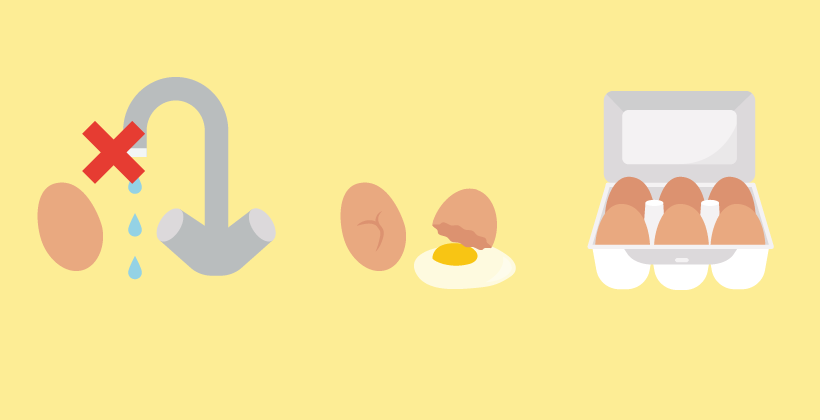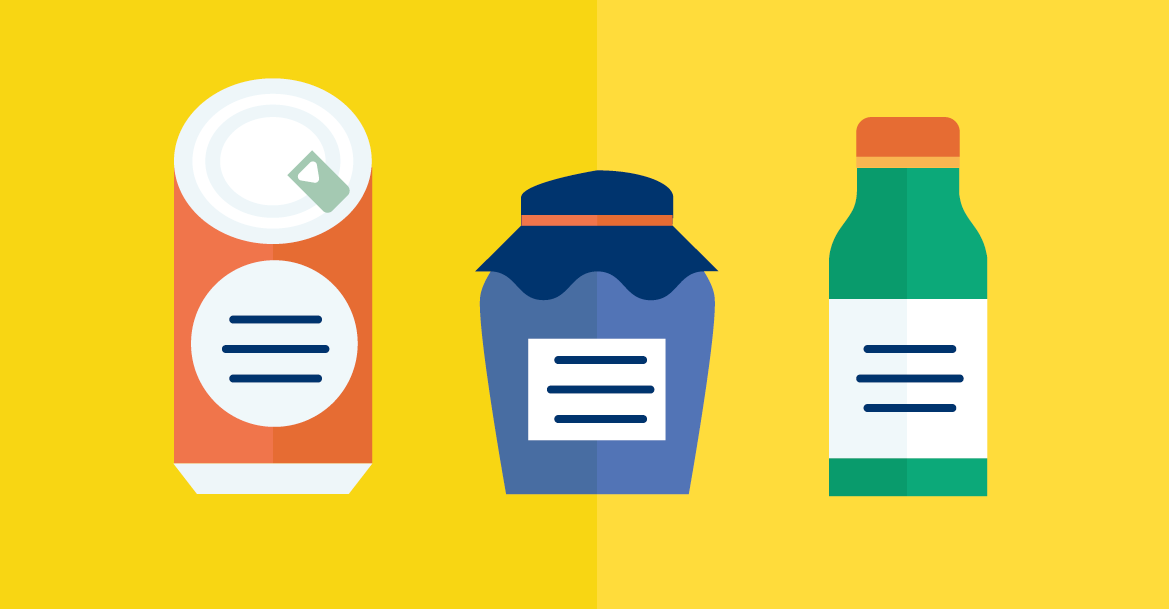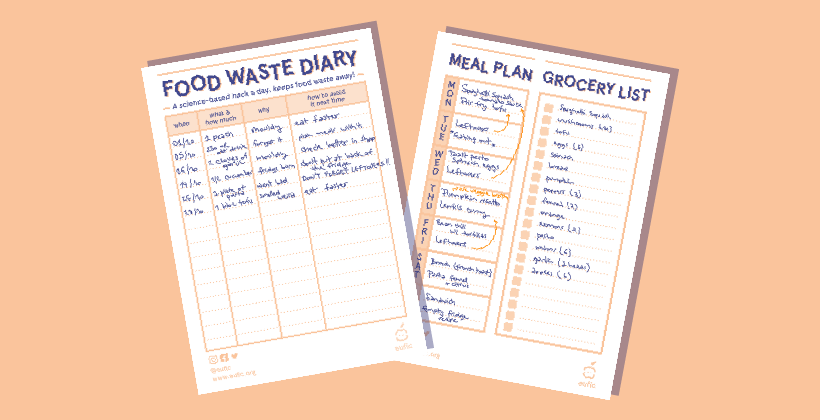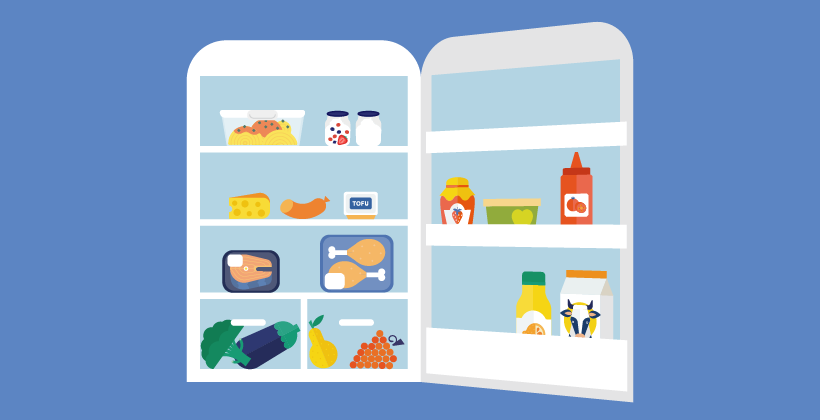Best before, use by and sell by dates explained
Last Updated : 12 September 2021The best before and use by date labels are the most widely used types of date labelling on food in Europe. This article explains the difference between these types of date label and which food products they are commonly used on. By understanding and paying attention to the different types of date labelling, we can avoid getting food poisoning and reduce our food waste while also saving money.
Different types of date labels serve different purposes. The best before date is about the quality of the food, while the use by date is about safety. In the EU, these labels are regulated to ensure that retailers use the appropriate one for their products. However, it has been estimated that up to 10% of the 88 million tonnes of food waste that is generated in the EU every year are somehow linked to date labelling, for example because of poor legibility or misinterpretation of the meaning of the use by and best before dates.1,2 A better understanding of what the different labels mean could help prevent this food from being unnecessarily thrown away.
Although foods that don’t commonly have a date label, such as fruit, vegetables and bakery products, generate the most food waste in terms of weight, foods such as meat, fish, poultry, dairy and fresh juices are also significant contributors to household food waste. These products tend to have a date label, and in terms of climate impact, they are important.2
What is the difference between the best before and use by dates?
The best before date is about the quality of the food, while the use-by date is about safety. You should not eat food past its use by date, but you can eat food past its best before date if it looks, smells and tastes fine.
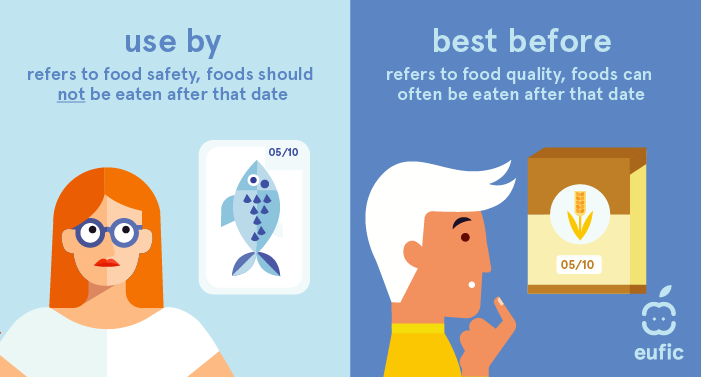
Figure 1: Use by dates refer to the safety of the food, while best before dates refer to the quality of the food.
What does the use by date mean?
Examples of foods
The use by date is used for foods that are highly perishable (likely to spoil and pose a risk to making people sick quickly).3 This includes fresh meat, fish, dairy products, fruit juices and other chilled ready-to-eat foods.
Can you eat food past its use by date?
After the use by date has expired, the food is unsafe to eat. Even if the food looks and smells fine, it should not be eaten after this day as it may make you sick.
It’s important to follow storage instructions (such as ‘keep in a refrigerator’), prepare the food as described and eat it before the use by date. Over time, as foods are stored, the number of microbes increases and can eventually reach levels that could make you sick. This process is slower under colder temperatures, so to keep foods like fresh meat, fish or dairy from spoiling, they should be stored in the fridge.
The shelf-life of highly perishable foods can be extended beyond the use by date if it’s frozen before the use by date expires. If you think that you won’t be able to eat the food before that day, you can freeze it to use later.4
Read more on how to safely store foods here.
Does the use by date include that day?
Yes, the food can be eaten before the expiration of the use by date. Keep in mind that when the packaging mentions instructions such as ‘eat within three days of opening’, it should still be eaten by the use by date, even if it has been open for less than three days.
What does the best before date mean?
Examples of foods
The best before date appears on a wide range of foods, both refrigerated, frozen, dried, tinned or other.4 This includes products like pasta, rice and other grains, dried pulses, tinned fruits and vegetables, vegetable oils, chocolate and many more. In Europe, eggs are also labelled with a best before date, which is set to 28 days after the egg was laid.
Is it safe to eat food past its best before date?
After this date, it’s normally safe to eat, but the taste, texture or smell might not be at its best. If the food looks, smells and tastes good, and the packaging is also intact, it will most likely be safe to use even past its best before date.4 If the quality has decreased a little, it could still be repurposed and used for example in cooking or baking.
Sometimes recommendations on how to best store the food to retain its quality or how to store the product once it’s been opened also appear on the packaging. These should be followed to keep the food good for as long as possible.
How long can you eat something after its best before date has passed?
How long you can eat something after the best before date has expired, depends on the food. Always use your senses to check if it still looks, smells and tastes good.
What do sell by and display until dates mean?
Other date labels sometimes appear on food packaging, such as ‘sell by’ or ‘display until’. These labels are not considered under EU regulations and do not require special attention from us when buying the food, but can help retailers control their stocks. The most important labels to understand and look for are the best before and use by dates.5
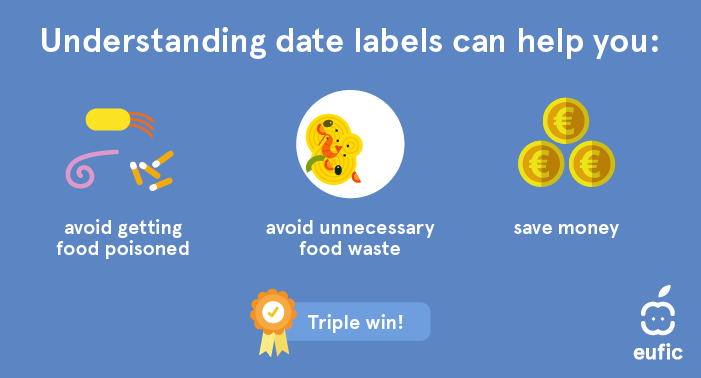
Figure 2: Understanding the difference between best before and use by dates can help you avoid getting food poisoned and avoid unnecessary food waste, while saving money.
Tips for reducing food waste by understanding the best before and use by date labelling
So, if you see a product’s expiration date is close, don’t waste it, try to save it by thinking of the following:
- Is it a product labelled with a use by date? In that case:
- Under proper storage and hygienic conditions, you can safely eat the food until its use by day
- If you know you’re going to eat the food shortly after buying it, choose the item closest to the expiration date and leave the items with longer expiration time for someone else who might need it
- Sometimes food can also be bought cheaper when it’s very close to it’s use by date. That can be a great opportunity to save both money and food!
- Foods with a use by label can be frozen to extend their shelf-life beyond the expiration of the use by date.
- Is it a product labelled with a best before date? In that case:
- you can use your senses! The food is usually good and safe to eat after the expiration of the best before date
- if the food has lost its crispness and firmness, maybe it can be repurposed and used for something else?
You can read more about statistics and impacts of food waste on the environment here.
References
- European Commission.(2018) Market study on date labelling and food waste prevention[cited 2021 26.05].
- ICF and Directorate-General for Health and Food Safety (European Commission) (2018) Market study on date marking and other information provided on food labels and food waste prevention.
- REGULATION (EU) No 1169/2011 of the European Parliament and of the Council of 25 October 2011 on the provision of food information to consumers.
- European Commission (2018) "Best Before" and "Use By" dates on food packaging [cited 2021 12.04].
- United Kingdom National Health Service (NHS). Food labelling terms. [cited 2021 20.04].
